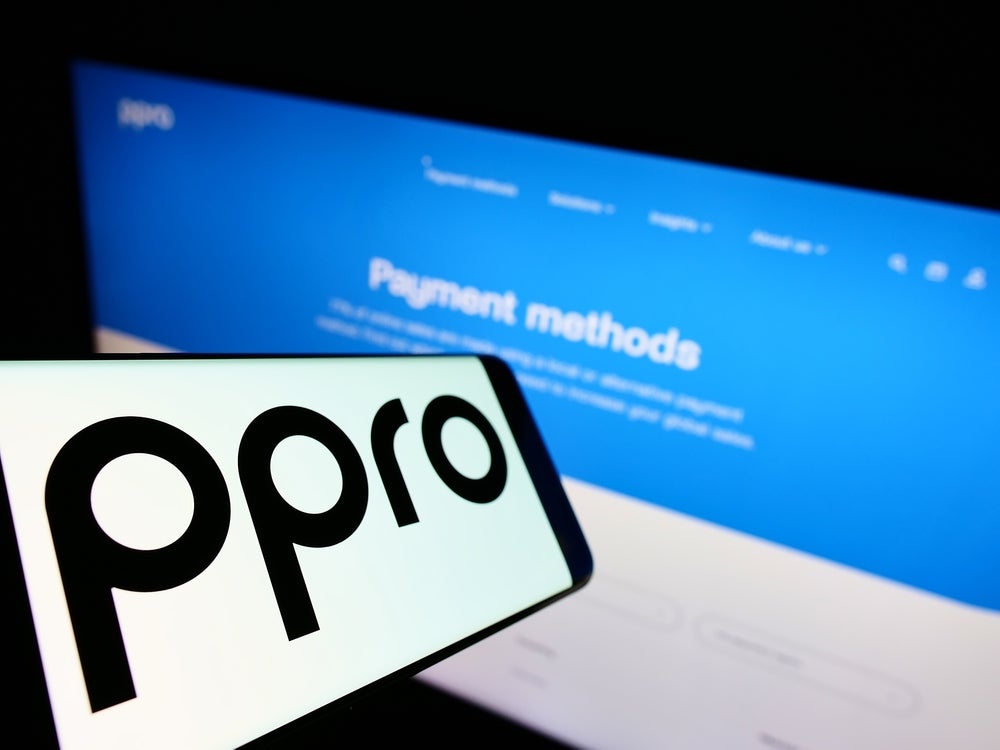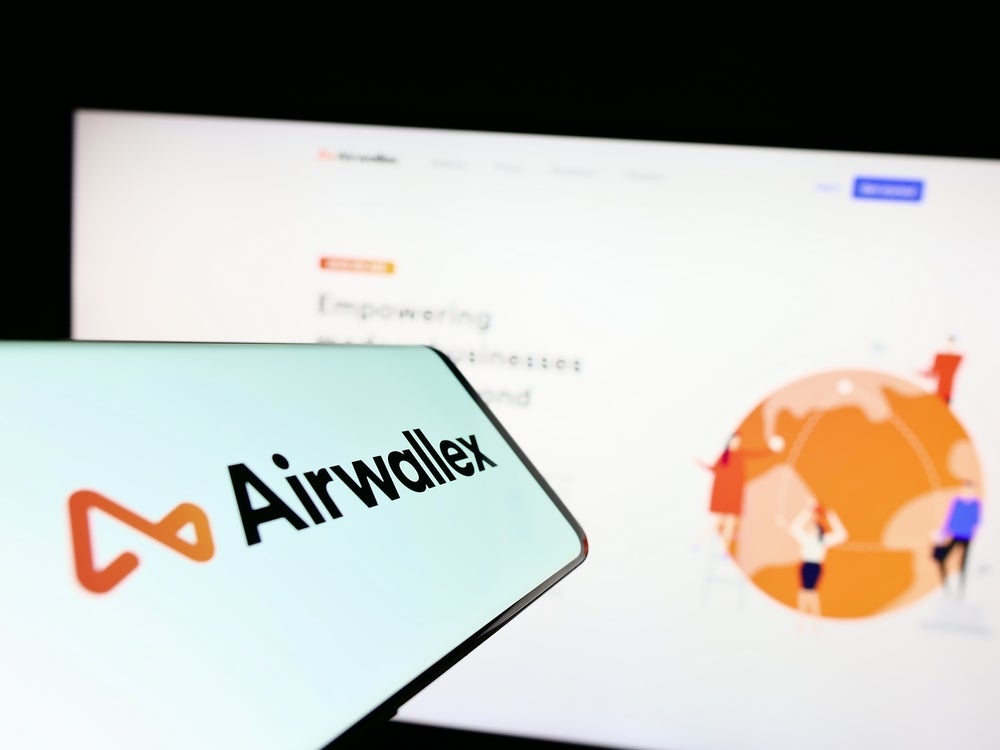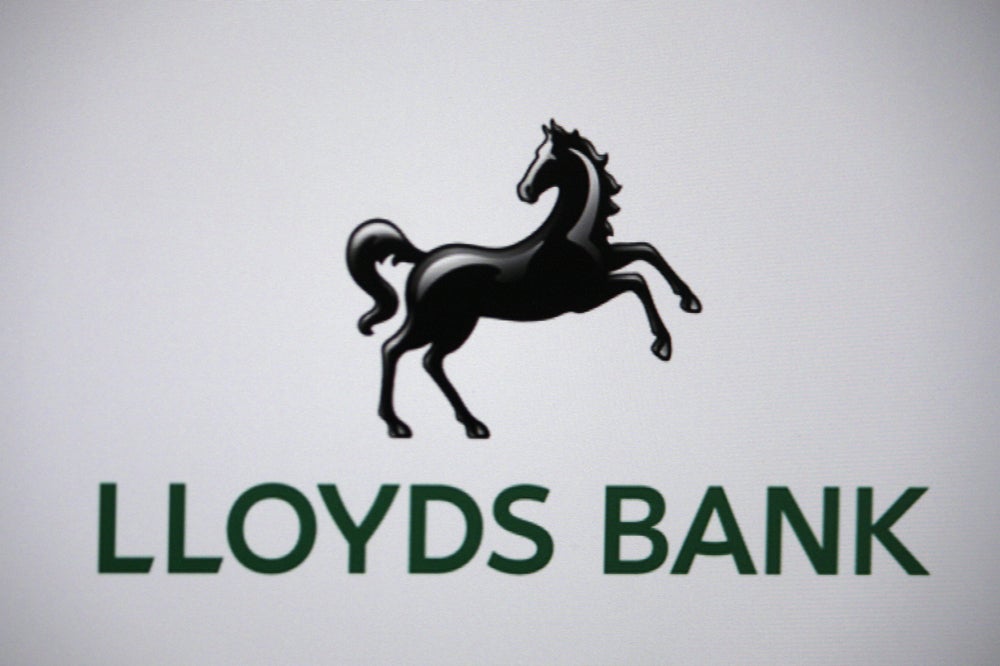The rise of alternative
payment providers is giving banks cause to be concerned. PayPal is
one such player that is determined to innovate to capture an even
greater share of payments. This extract from the World Payments
Report 2010 outlines how PayPal is set to keep on
growing.
 PayPal has
PayPal has
established itself as a global payments processor, facilitating
€51.3bn ($69.9bn) in total payments volume (TPV) in 2009 and making
it the world’s largest online PSP.
In 2009 in fact, PayPal accounted
for almost 6% of all global online payment transactions (and 7.5%
of online payments in the US), capturing a significant share of
revenues that could have gone to the banking industry.
Along with its international
expansion, the proportion of revenues derived solely from eBay has
declined as a percentage of total revenues to 42% at the end of
2009.
In 2009, PayPal revenues were
around €1.89bn, nearly one-third of which was derived from US
sellers and nearly 40% from cross-border transactions. PayPal had
81m active users as of December 2009, after sustaining annual
growth of 18% in 2006–2009, and is extremely popular among its
users, because it is perceived to offer:
How well do you really know your competitors?
Access the most comprehensive Company Profiles on the market, powered by GlobalData. Save hours of research. Gain competitive edge.

Thank you!
Your download email will arrive shortly
Not ready to buy yet? Download a free sample
We are confident about the unique quality of our Company Profiles. However, we want you to make the most beneficial decision for your business, so we offer a free sample that you can download by submitting the below form
By GlobalData- An easy-to-use service.
Accounts take less than five minutes to set up and require minimal
information; its platform is designed exclusively for facilitating
e-commerce; - A simple and cost-effective
integrated payments solution compared to traditional merchant
accounts and gateways, especially for smaller merchants that lack
scale, cannot meet merchant credit standards, or prefer not to open
a dedicated merchant account or use a gateway service
provider; - Flexible payment options.
Users can choose to fund their accounts through credit cards, bank
accounts or PayPal balances; - Simple but effective fraud
prevention. Buyer details (eg, account numbers) are not disclosed
to sellers and dual factor authentication requires a user name and
password, so the system is less vulnerable than a credit card if
account information is stolen; - Straightforward procedures
for fraud and liability claims for buyers and sellers, eg,
hassle-free refunds and charge-backs in cases of unauthorised
payments or missing purchases.
The most distinctive element of the
PayPal business model, though, is its ability to draw on various
funding sources with very different costs.
 In 2009, payments were
In 2009, payments were
funded 50% by credit and debit cards, 31% by ACH (eg, bank
accounts) and 19% directly from PayPal account balances.
Payments linked to credit cards
cost PayPal the most, while payments funded from a user’s PayPal
account cost virtually nothing, so PayPal actively seeks to shift
users into funding sources that are cheaper to process, and
therefore, by employing an appropriate pricing policy, generate
higher margins.
Another integral element of the
PayPal business model is maintaining low average loss rates (0.25%
of TPV in 2009), which it does by keeping down dispute rates (they
are four to six times lower than average card-not-present dispute
rates), and buyer losses (60% to 70% lower).
Further growth and
innovation potential
PayPal has arguably pretty much
tapped out the potential in US eBay penetration, but there are
still opportunities for growth, including:
- Geographic expansion,
especially into locations where the online auction business is
still maturing; - Customer-segment expansion,
in particular through Bill Me Later. Acquired by PayPal in 2008,
Bill Me Later provides online credit approvals for specific
transactions to offer convenience for customers with higher-quality
credit; - Customer-base expansion by
opening up the service platform. Since opening its platform to
third-party software developers in November 2009, new applications
have already been developed, including Payvment, which allows
individuals to integrate a shopping cart with a retail storefront
on their Facebook page, and Rentalic, a marketplace that enables
P2P renting of services and real estate; - Mobile initiatives. PayPal
has seen limited success with its SMS-based service (PayPal Text 2
Buy) and has since launched a WAP-based checkout service (Mobile
Checkout), but most compelling is the rapid growth in applications
for smartphone platforms like the iPhone, Android and
BlackBerry.
These and other initiatives could
help PayPal to grow quickly and cost effectively, further
challenging traditional market boundaries.







